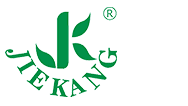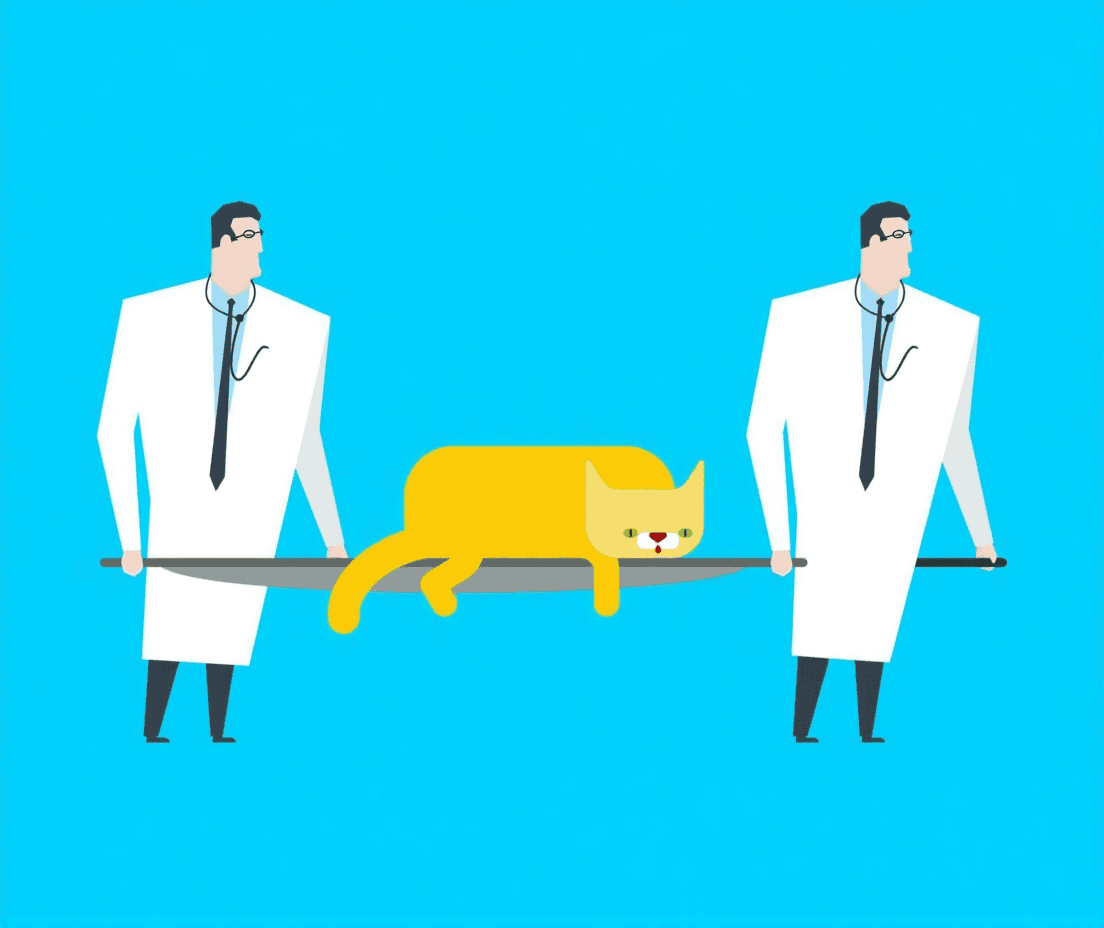Transporting injured or immobile pets safely is a critical part of veterinary care and animal rescue. A pet stretcher is essentially a portable bed or litter designed to carry animals (dogs, cats, or other small pets) when they cannot walk or should not be moved without support. Rather than struggling to lift a large injured dog in your arms – risking injury to both you and the pet – a stretcher provides a stable, secure way to transfer the animal. Animal first-aid guidelines often recommend using a flat surface or improvised stretcher (like a board or blanket) to move hurt pets, underscoring the importance of having a purpose-built pet stretcher available.
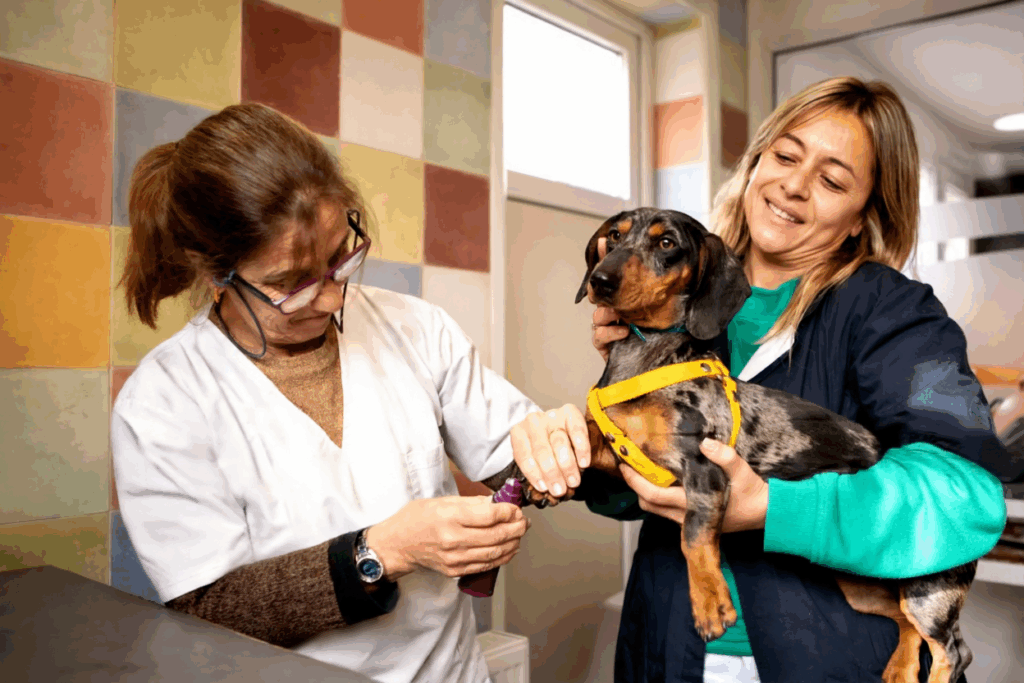
What Is a Pet Stretcher and When Is It Used?
A pet stretcher (also called an animal stretcher or pet carry sheet) is a tool designed specifically for moving injured, ill, or non-ambulatory animals. It works much like a human medical stretcher, but is adapted to animal body shapes and behavior. It’s most commonly used for medium and large dogs, but can also be used for cats, rabbits, and other small animals when needed—especially in emergencies such as car accidents or falls, or when transferring an anesthetized pet after surgery.
Keeping the animal lying flat and securely strapped to the stretcher helps minimize shaking and twisting; if a spinal injury is suspected, securing the pet on a rigid stretcher can help prevent the condition from worsening. Many veterinarians recommend that both professionals and pet owners use a flat support when transporting an injured animal—towels, blankets, or even a dog bed can serve as a temporary stretcher and allow two people to lift a large dog without adding extra harm. Still, having a dedicated pet stretcher on hand makes the entire process faster, safer, and more humane when a real emergency happens.
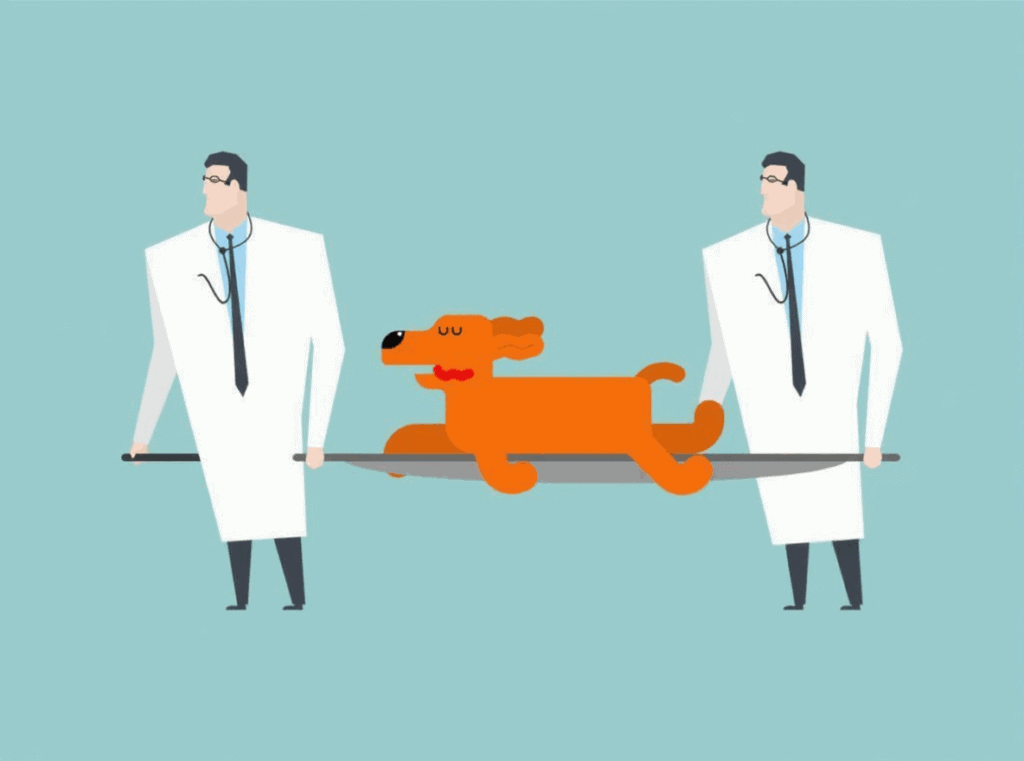
Key Design Features of Pet Stretchers
Modern pet stretchers are designed with both animal safety and handler convenience in mind. Key features usually include:
Secure restraint straps
Most stretchers come with built-in straps or harnesses to keep the animal firmly in place and prevent an injured or panicked pet from rolling off, jumping down, or biting during handling. The straps are adjustable to fit different body sizes and typically secure the chest and hindquarters for gentle but stable immobilization.
Multiple carry handles
You’ll usually see 4–8 reinforced handles positioned around the edges so one or several people can lift comfortably and share the weight of a large dog. Some models add padded or ergonomic grips to reduce hand fatigue, and the multi-handle layout makes it easier to navigate stairs, doorways, and tight spaces as a team.
Durable, easy-to-clean materials
Because vet gear has to deal with bodily fluids, claws, and frequent disinfection, pet stretchers are built from tough, waterproof, easy-wipe materials. Common options include heavy polyester/nylon fabric or plastic boards that resist tearing, don’t absorb fluids, and stand up well to regular cleaning with disinfectants—ideal for busy clinics and shelters.
Lightweight and portable
Portability is critical, especially in rescue work. Most stretchers are kept as light as possible, often with an aluminum frame or soft fabric design, and can be folded or collapsed for storage in an ambulance or equipment room. Some fabric stretchers fold down to just a few centimeters thick, while rigid plastic boards can be stacked via hand holes when not in use.
Optional frame or wheels
Entry-level models may be simple fabric sheets with handles (very flexible in tight spaces but with less support). More advanced designs add a rigid frame (aluminum, stainless steel, or plastic) for bed-like support. Heavy-duty versions may include wheels on one end so a single handler can move a large dog like a cart over flat ground, or the stretcher can be used on a trolley in hospital settings.
Animal comfort and safety
A slightly flexible fabric surface gently cradles the animal, while rigid boards are rounded, smooth, or lightly padded to reduce pressure points. Breathable mesh can improve airflow and allow water or fluids to drain away if the animal is wet or has an accident. Bright colors and reflective strips help with visibility outdoors and at night. While safety always comes first in emergencies, these design details help reduce stress and lower the risk of aggravating existing injuries.
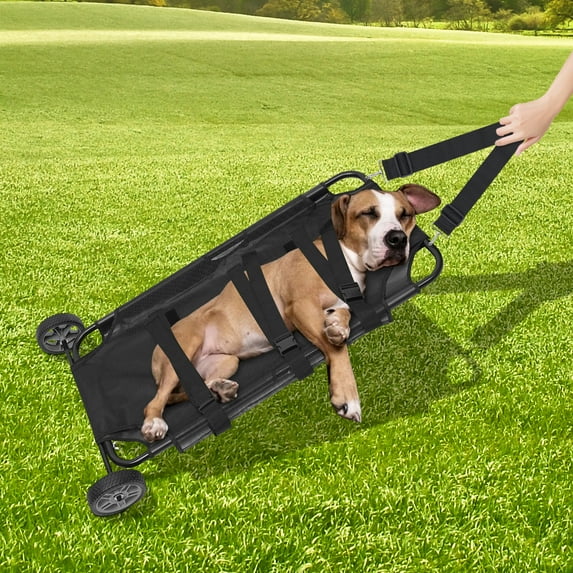
How to Choose the Right Pet Stretcher
Pet stretchers are built from different materials, and each choice affects weight, strength, durability, and cost. The most common options include:
- Aluminum frame with fabric bed
This is the go-to design for foldable pet stretchers: an anodized aluminum alloy frame with a strong fabric platform (nylon, polyester, or mesh).- Pros: Lightweight, strong, rust-resistant, and often foldable in half or quarters. Sturdy enough for large dogs, with a slightly flexible, waterproof surface that can usually be wiped down or even removed for cleaning. The fabric “cradles” the animal for added comfort.
- Cons: Fabric may sag under very heavy loads if not tightened properly, and the frame can dent if badly abused—though quality models are tested to very high load ratings.
- Rigid plastic (HDPE) boards
These look like flat backboards with hand slots and tie-down points and are often made from high-density polyethylene (HDPE).- Pros: Very impact-resistant, non-corroding, easy to fully disinfect, and excellent when firm support or spinal immobilization is needed. Weight capacities (150–200+ kg) far exceed any dog’s weight, and the smooth solid surface makes cleaning straightforward.
- Cons: Bulkier and usually non-folding, so they take more storage space and are less convenient to carry long distances, making them better suited to clinics and short-range transport.
- Other materials (steel, fabric-only, carbon fiber, etc.)
- Stainless steel frames: Extremely strong and fully corrosion-proof, ideal for heavy-duty use on wheeled gurneys, but heavier than aluminum and less common in carry-type stretchers.
- Fabric-only stretchers: Essentially reinforced cloth with handles—ultra-light and pocket-foldable, great for tight spaces or quick deployment, but offer limited support and are best for smaller pets or as a last-resort option.
- Carbon fiber composites: Very light and very strong, but higher in cost and usually reserved for specialized or premium applications.
In practice, aluminum and modern plastics offer the best balance of strength and weight, steel maximizes toughness, and fabric-only designs maximize portability. Many products deliberately blend materials—for example, an aluminum frame with a PVC-coated nylon bed—to get the best of both worlds. As a buyer, look for materials described as medical- or industrial-grade so you can trust their performance under real-world stress.
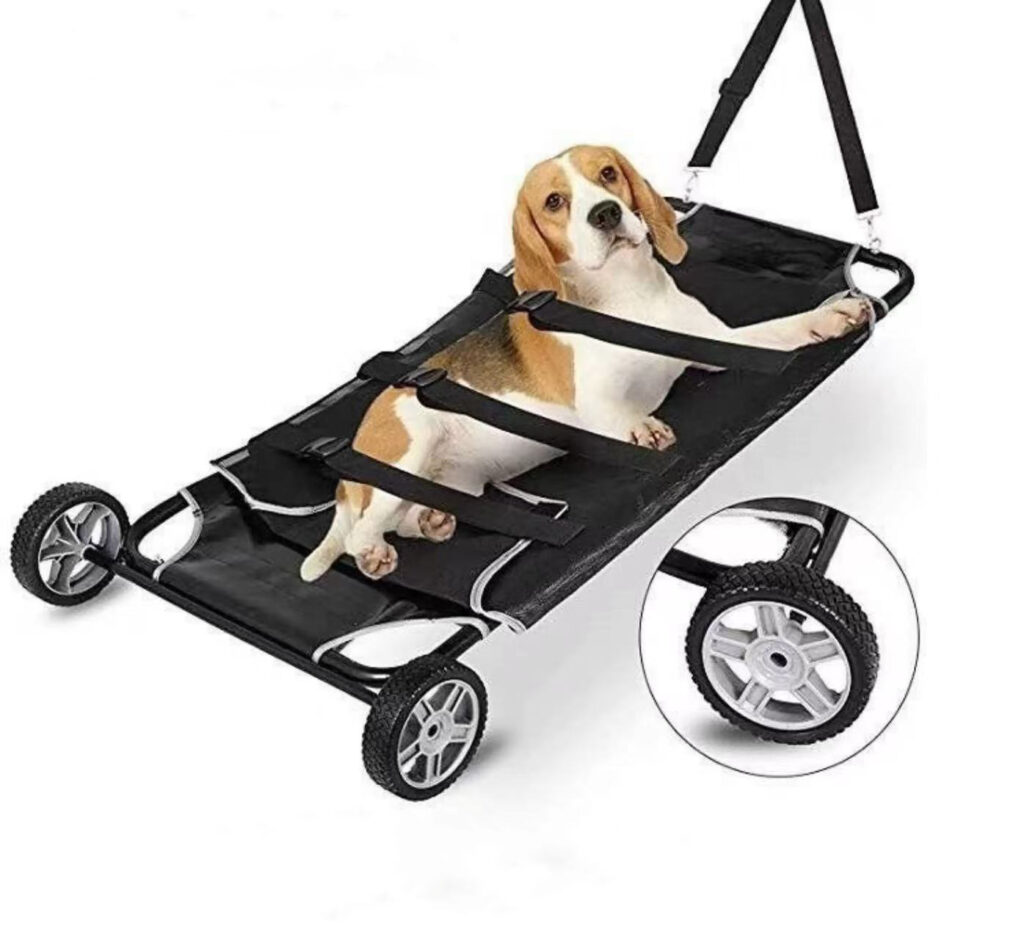
Why Work With Manufacturers like Jiekang
Pet stretchers are built from different materials, and each choice affects weight, strength, durability, and cost. The most common options include:
- Lower cost, stronger pricing power
Buying direct removes middleman markups. Distributors and B2B buyers get true factory wholesale pricing, which improves margins or lets you pass savings on to your customers. You also gain access to volume discounts and factory-only promotions. - Broader range and customization options
Manufacturers usually offer a full product line and can customize to your specs. Jiekang, for example, produces 300+ rescue and transport items, so you can source pet stretchers, spine boards, splints, and more in a single order. Factory-direct orders can be tailored with your logo, colors, dimensions, or bundled kits, and even low-MOQ custom runs are possible—ideal for testing new markets or meeting specific branding requirements. - Quality assurance and technical expertise
Working directly with the factory gives you first-hand info on design, testing, and quality control. Companies like Jiekang typically hold certifications such as ISO 13485 and CE and can provide detailed specs, test reports, and certificates. Their technical team can answer performance questions (e.g., load testing, material strength), which is invaluable when you need to educate your customers or internal teams. Warranty and after-sales support are also clearer and often stronger than with generic resellers. - Training and sales support
The factory knows the product best and can supply user manuals, high-resolution images, demo videos, and even live or virtual training. Jiekang, for instance, offers free product training and usage videos to help clients use and market the stretchers correctly—making it easier for you to launch new products and support your customers. - Reliable supply chain and long-term partnership
Direct contact with the manufacturer means better control over lead times, production planning, and rush orders. You’re more likely to hear early about product updates or new models. With a producer like Jiekang—200+ employees and over a decade of export experience—you also benefit from mature global logistics and documentation support for international shipments.
In short:
Factory-direct sourcing doesn’t just save time and money; it also gives you customization, technical backing, and a more stable supply chain—key advantages for B2B players in the veterinary and animal rescue sector. The key is to do proper due diligence and partner with reputable manufacturers like Jiekang that demonstrate their capability through certifications, references, and years of industry experience.
